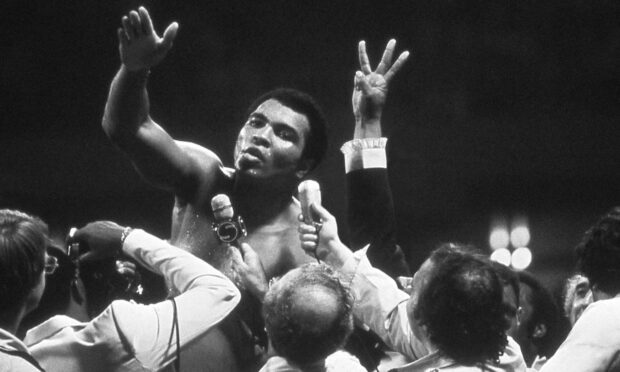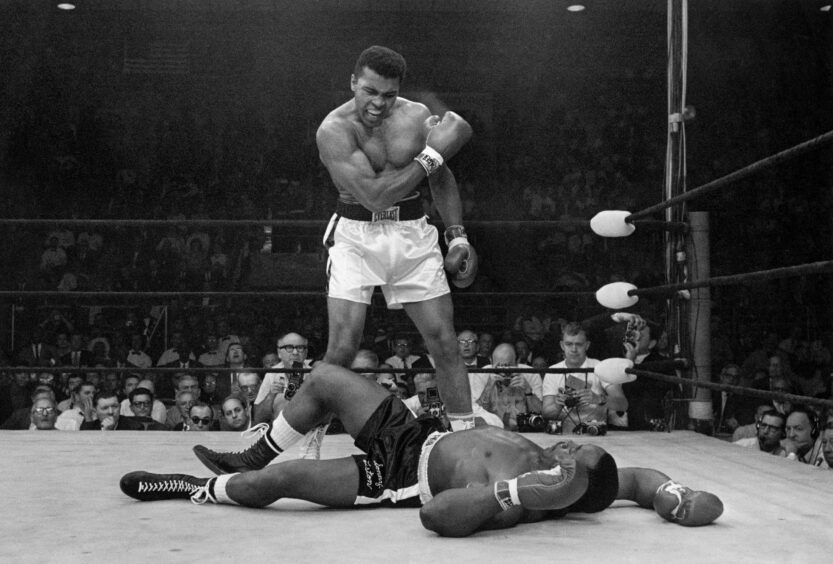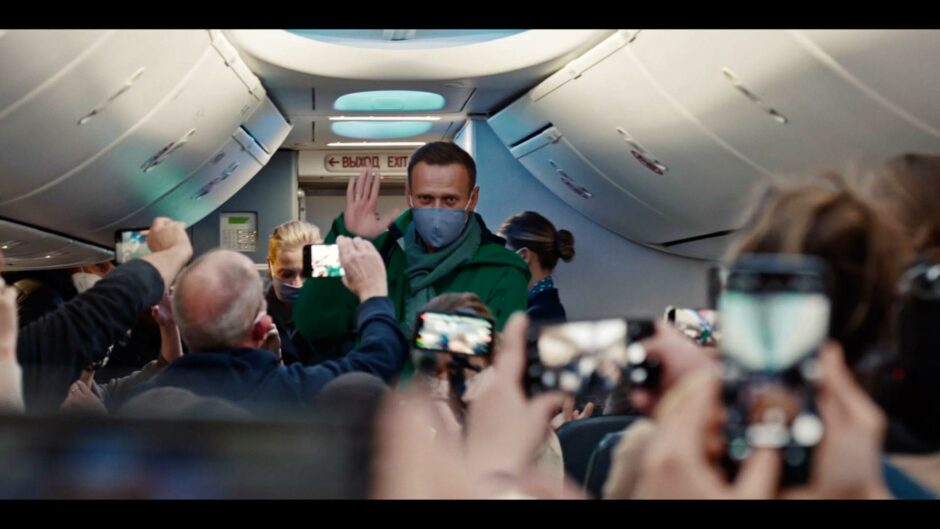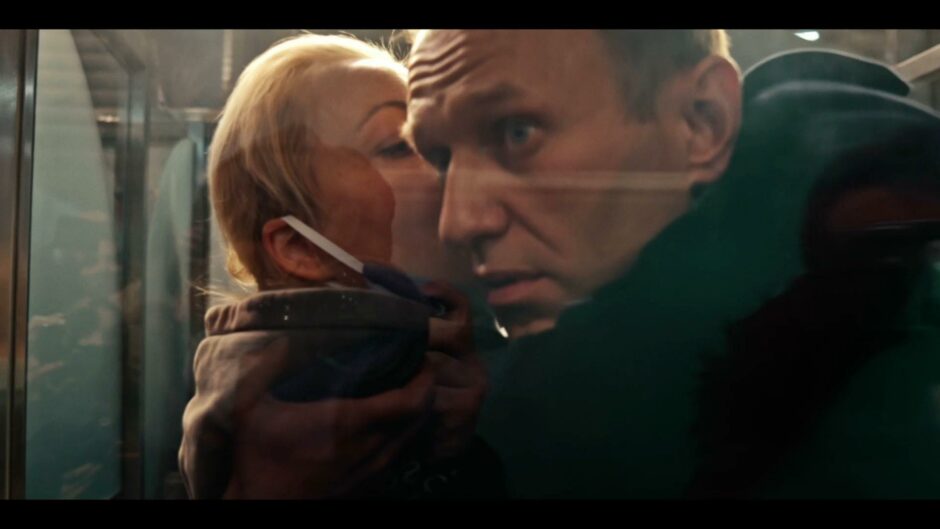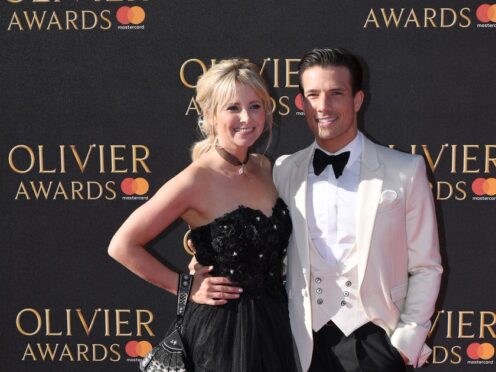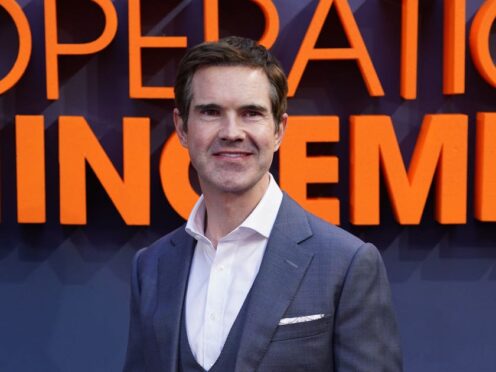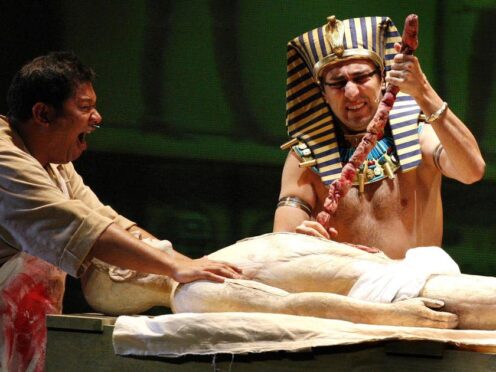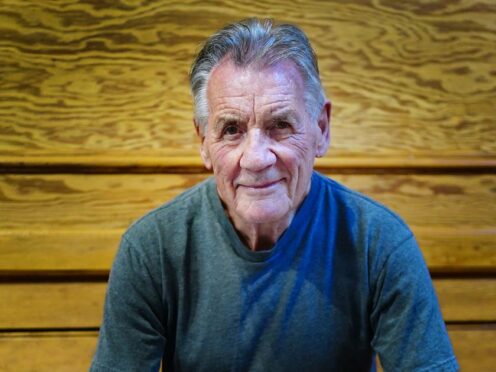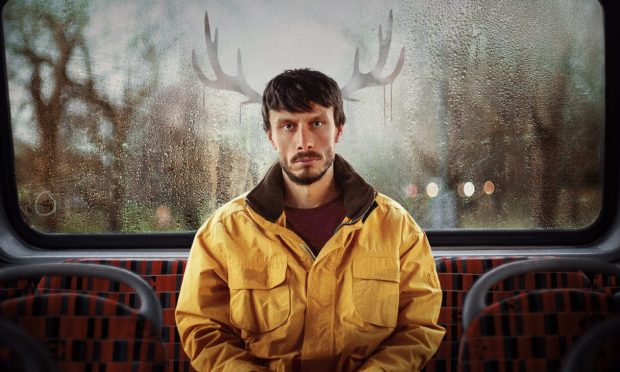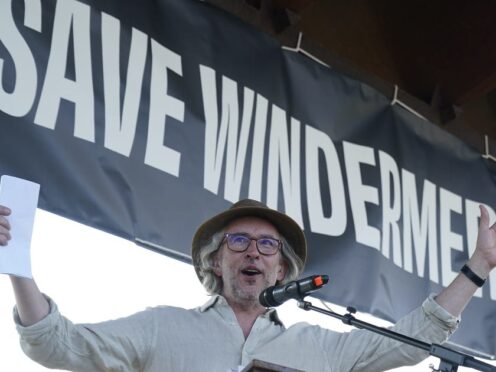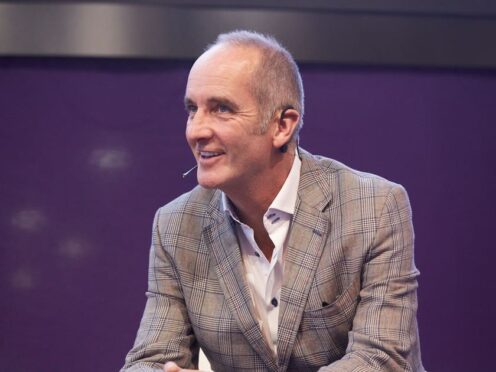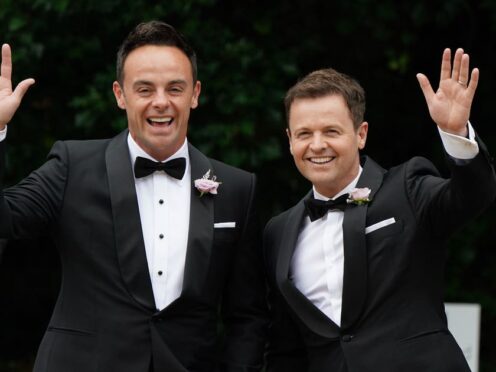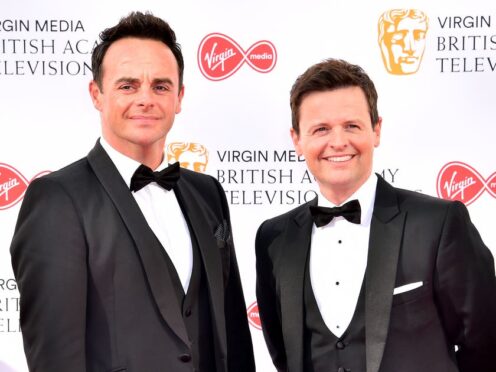It’s boom time for documentaries again this week, with two striking stories of protest.
Although the whole lot is up on iPlayer if you’re feeling impatient, Muhammad Ali (BBC Two) continued in weekly episodes – utterly unmissable, it will be a contender for the best doc of the year come December.
The masterful Ken Burns
Now co-directing with his daughter Sarah and son-in-law David McMahon, its maker Ken Burns is arguably the single greatest chronicler of America’s history.
For the past four decades he’s created sprawling, multi-part documentaries about jazz and country music, the sport of baseball, and the Vietnam and Second World Wars.
His work on individuals is limited – Mark Twain, the African-American baseball player Jackie Robinson, assorted presidents – but there are few more defining American stories than that of Muhammad Ali.
On one level, of course, he’s simply a sporting legend.
Story of Ali
Burns’ documentary (four film-length episodes, divvied up into eight parts for British TV) has followed Ali from his beginnings in Louisville, Kentucky, when the 12-year-old Cassius Clay wandered into a boxing gym looking for help after his bike had been stolen.
He was looking for the guys who did it, the trainer pointed out, but did he know how to fight when he found them?
Clay’s early years were funded by a group of wealthy white benefactors from his local city.
Burns’ film transports us back to those days. It’s illuminating to see him in his first flush of fame; a fast, powerful young fighter, still handsome as his opponents failed to land blows, but a braggart and a loudmouth.
Then came his conversion to Islam under the mentorship of its controversial leader Elijah Muhammad, the now-renamed Ali’s troubled friendship with Malcolm X, and his refusal to be drafted for Vietnam on religious grounds.
Ultimate story of redemption
It’s one of the ultimate stories of redemption in American history.
Ali was publicly reviled as a traitor and banned from boxing. As opinion turned against the war and he won back his title against the odds – and the fierce Sonny Liston – during the Rumble in the Jungle of 1974, he became instead a symbol of conscience and determination, and a more humble man.
With extensive archive footage, and in-depth interviews with family, ex-wives and boxing experts of the time, Burns shows us Ali in unflinching and sometimes unflattering detail.
The tremors of his impact on a sport and on a nation are felt like blows amid this customary masterpiece.
Alexei Navalny’s story
Elsewhere, a contemporary tale of protest in Storyville: Navalny (BBC Four). The Russian opposition leader Alexei Navalny is profiled in person, alongside the attempted 2020 assassination of him with the Novichok nerve agent in Siberia.
Navalny appears to have his every move filmed for posterity.
This led to a jaw-dropping sequence here where his wife Yulia engineered the release of her near-dead husband to Berlin.
It runs through his recovery and return to Russia in early 2021, where he was immediately arrested.
Yet the truly striking sequence in Daniel Roher’s documentary sat alongside these events, in the investigation by independent journalists from the Bellingcat organisation.
With purchased mobile phone and airport check-in records, an internet search engine, and prank phone calls which saw Navalny ringing his own assassins, it was a spy thriller for the 21st Century.
